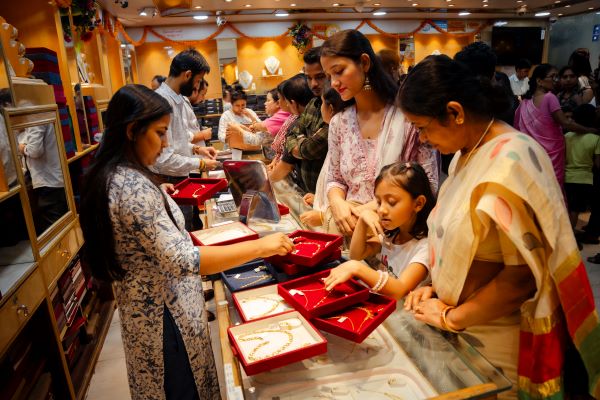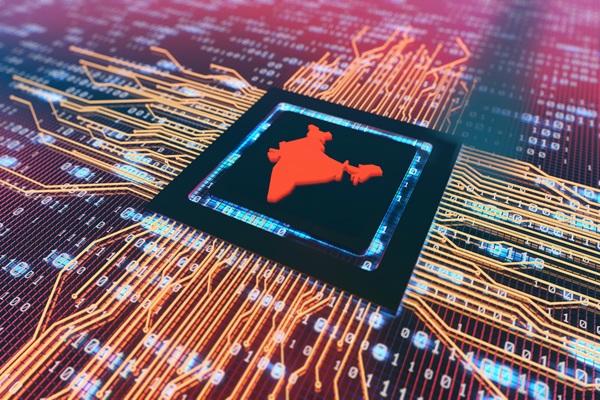.png)

Dhananjay Sinha, CEO and Co-Head of Institutional Equities at Systematix Group, has over 25 years of experience in macroeconomics, strategy, and equity research. A prolific writer, Dhananjay is known for his data-driven views on markets, sectors, and cycles.
October 27, 2025 at 9:41 AM IST
Gold’s record-breaking rally has created an illusion of prosperity, with prices up more than four times since 2019. Indian households are richer on paper than ever, and their 24,000 tonnes of gold, about 11% of global jewellery holdings, are now worth roughly ₹324 trillion, almost matching India’s annual GDP.
In theory, such a surge should ignite consumption by making families feel wealthier and more confident to spend.
In practice, it has not.
Household net worth has ballooned, but consumption remains sluggish. The idea that the wealth effect from gold can jump-start demand overlooks one basic reality: Indian households rarely treat their gold as disposable wealth. It is insurance against distress, not a gateway to indulgence. Rising prices make that insurance dearer, not more liquid.
History underscores this mismatch.
Between 2004 and 2012, gold prices rose 5.4 times, incomes grew rapidly, and consumption boomed. Passenger vehicle sales expanded at 9% annually, two-wheelers at 11%, and consumer durables at 13%. Real wages were rising, and inflation encouraged tangible spending. That alignment of incomes, confidence, and inflation was unique.
The following decade broke that link. From 2012 to 2018, global gold prices fell by a quarter while domestic prices stayed flat due to a weaker rupee. Gold consumption dropped 27%, household income growth moderated, and spending cooled. Since 2019, prices have quadrupled, yet consumption of gold has fallen to about 576 tonnes—down 42% from the 2012 peak. In 76% of the 54 quarters since then, demand has lagged supply. Rising prices are being driven by global factors such as central bank accumulation and geopolitical hedging, not Indian demand.
More tellingly, the slowdown in consumer goods consumption has persisted through this price boom. In the 2019–2025 period, passenger vehicle sales grew barely 1.6% annually, two-wheelers 4.4%, and consumer goods output actually shrank. Hindustan Unilever’s volume growth halved to 2.6%. The gold price has risen 17.5% a year, but household income has not kept pace.
RBI’s KLEMS data captures this divergence starkly. Real income growth, which averaged 7–8% during 2004–2012, slipped to 3.8% in 2023-24. Rural wages have stagnated, and the middle class faces rising living costs. Household savings have fallen to 17.9% of national disposable income, with financial savings at 5.1%. Savings in physical gold are down to 0.2%.
Empirical evidence confirms that real income, not notional wealth, drives spending. For every one-percentage-point rise in real income, consumption increases by roughly 0.65 points. The effect of rising asset prices is negligible. Higher gold prices may expand the value of collateral for loans, but the surge in gold-backed lending is often a sign of distress, not exuberance.
The pandemic deepened this divide. Urban households recovered faster, aided by white-collar wage growth and equity gains, but that rebound has faded. The upper arm of India’s K-shaped recovery is now flattening as IT and financial sector incomes plateau. Meanwhile, the rural economy and lower-income segments remain strained. Growth in retail loans has slowed to 11.8% as households approach peak leverage, with non-mortgage lending down 12% this year.
Gold’s glitter, therefore, conceals more fragility than fortune. Its rise has padded balance sheets but not wallets. For most Indians, the metal remains a store of security, not a source of spending. Until real incomes rise and household savings recover, consumption will remain subdued, no matter how high gold climbs.




